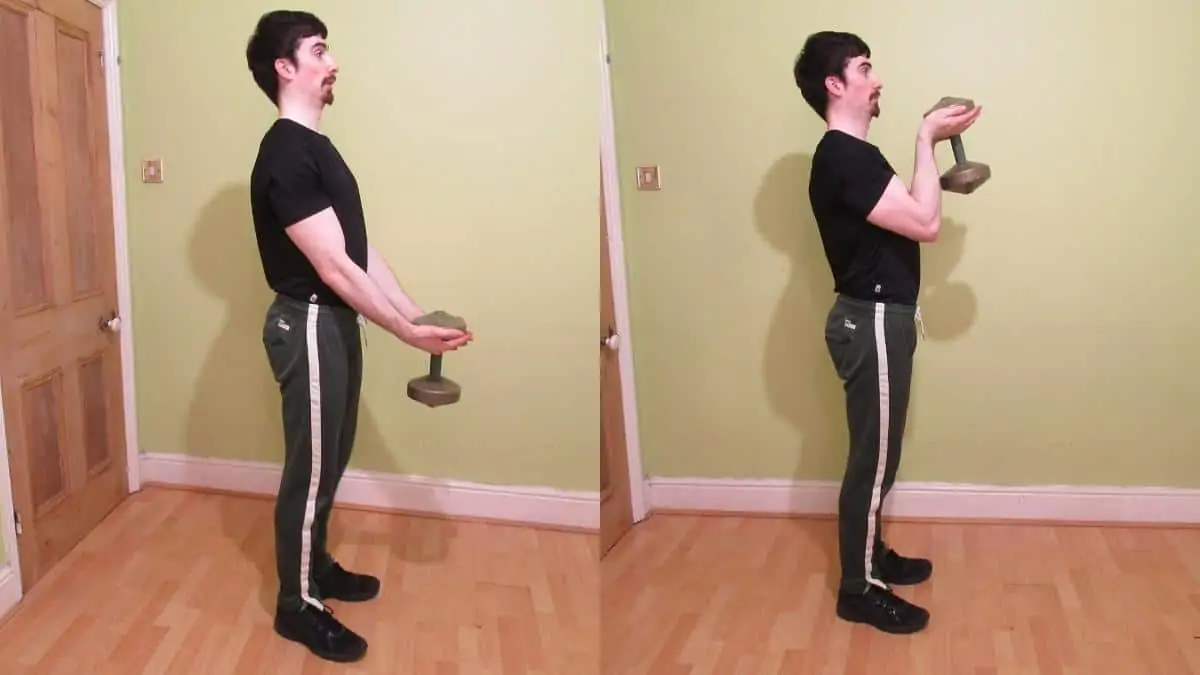The biceps muscles are interesting because they have a lot more growth potential than many people realize—especially when you have a particular bicep head that’s underdeveloped.
Waiter curls were popularized by Jeff Cavaliere and are very effective for developing the long head of the biceps due to the close grip you have on the dumbbell. This outer head emphasis will make your biceps look more peaked, especially when viewed from behind in a flexed position.
Related: How to work your biceps at home
Waiter curl exercise details
- Main Muscles: Biceps brachii
- Secondary Muscles: Brachialis, brachioradialis, forearm flexors
- Exercise Type: Strength
- Exercise Mechanics: Isolation
- Difficulty Level: Beginner
- Equipment Needed: One dumbbell
How to do waiter curls

- Cup one end of a moderately heavy dumbbell with both of your hands.
- Hold the dumbbell in front of your thighs.
- Curl the weight toward your chest while keeping your elbows still.
- Ensure that you keep the top end of the dumbbell facing straight up at all times.
- Forcefully contract your biceps at the top of the rep.
- Lower the weight under control until your arms are almost locked out.
- Repeat for 3-5 sets of 6-12 reps.
Benefits of waiter curls
The waiters curl has become popular in recent times thanks to the efforts of Jeff Cavaliere and a few others. These are the benefits that you can expect to gain if you do the exercise consistently and with the proper form.
Builds the bicep peak
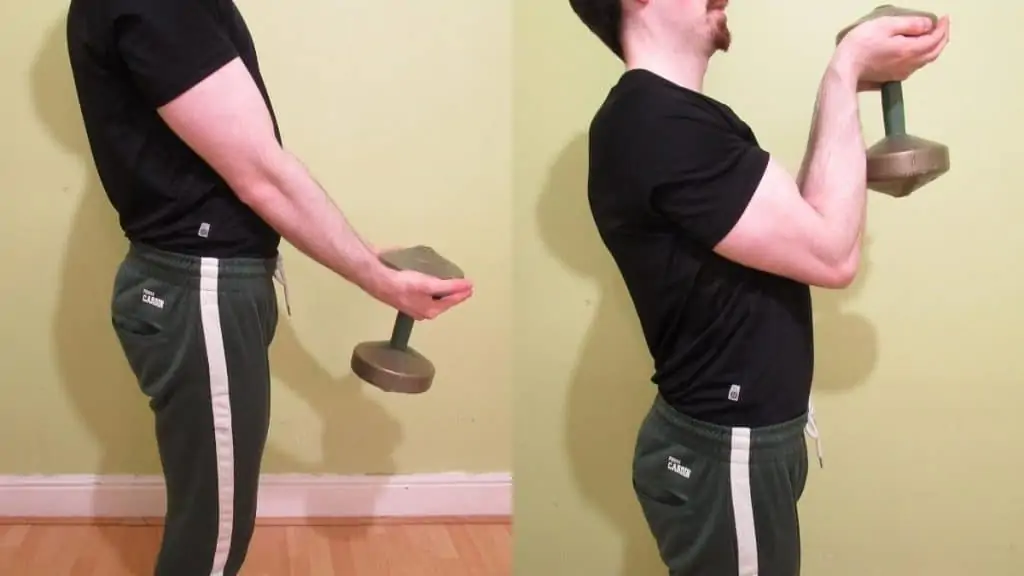
The dumbbell waiter curl shifts the tension onto the outer muscle fibers of your biceps, otherwise known as the long head, due to the narrow grip that you have to hold the dumbbell with.
This results in a bigger, more prominent bicep peak that will enhance the aesthetics of your upper arms. Look at your biceps flexed (from behind) before you start doing waiter curls and then again after 6-12 weeks. If you have a lagging long head, then it’s highly likely that your peak will have grown taller during this time.
Just make sure to keep the top of the dumbbell facing the ceiling at all times so that you can keep the tension on your biceps rather than letting your forearms take the strain. This is a pure isolation exercise, if there ever was one.
Makes your biceps burn
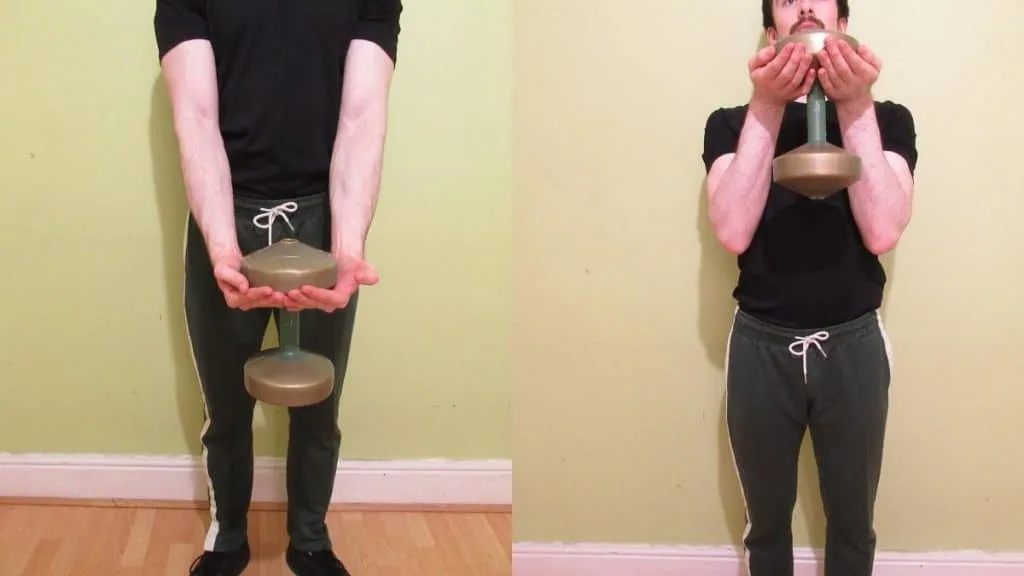
Waiter curls make your biceps burn because they produce an extremely potent peak contraction. Not many other standing exercises offer a contraction of this intensity, so waiter curls are definitely a unique movement.
While you can also do the dumbbell waiter curl to build mass, it’s equally effective as a finishing exercise due to its ability to produce a powerful pump.
So if you want to end your workout on a high with an enormous arm pump, then it’s highly recommended to do high-rep waiter curls to finish off the remaining muscle fibers that you didn’t get a chance to recruit with your heavier movements.
You can also give the dumbbell no money curl a try if you want to focus on building your biceps as a whole (recommended if you need more mass) rather than on prioritizing the long head.
It’s highly convenient
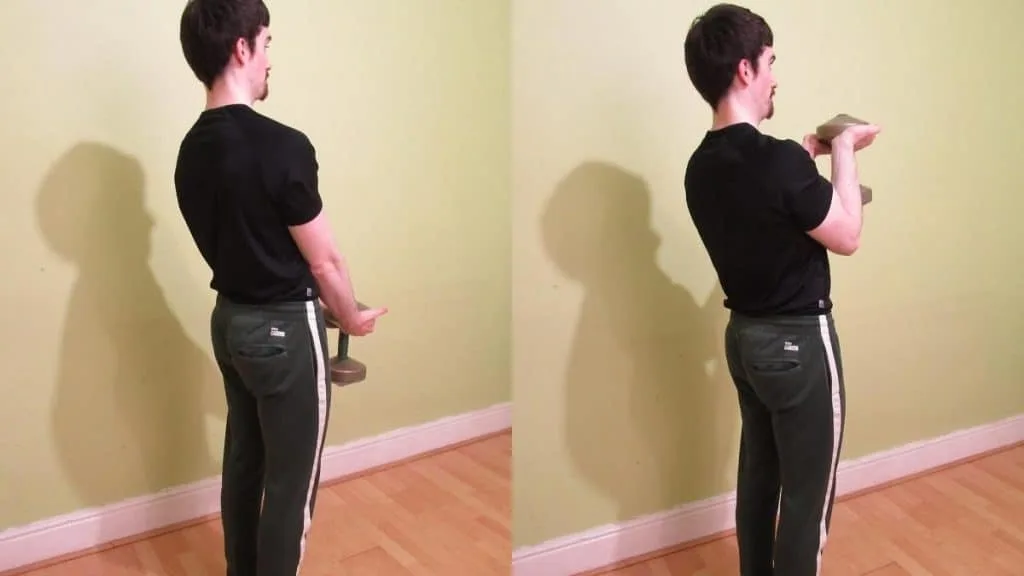
So many exercises these days require fancy equipment that many of us simply don’t have.
That’s why the dumbbell waiter curl is becoming more popular.
All you need to perform it is one dumbbell, a spare 5-10 minutes, and a semi-decent tolerance for bicep lactic acid.
Therefore, it’s extra convenient for anyone who trains at home and who wants to bring up the outer head of their biceps without relying on expensive training tools.
In conclusion
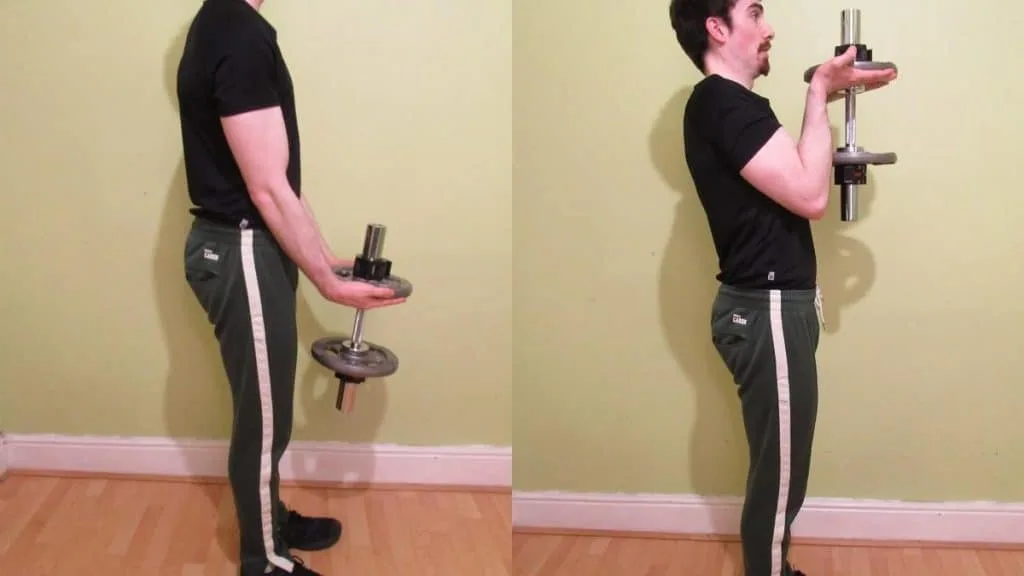
Waiter curls are a simple yet challenging exercise that pretty much anyone can perform and benefit from. With a single dumbbell and a desire to build your biceps, you can do the waiter curl anywhere, anytime and get those arm gains to enhance your aesthetics.
Use moderate to high reps for most of your waiter curls (8-15). There’s nothing wrong with lifting heavy, but due to the semi-precarious wrist position of this otherwise flawless exercise, you want to keep the resistance lighter and the reps higher.

